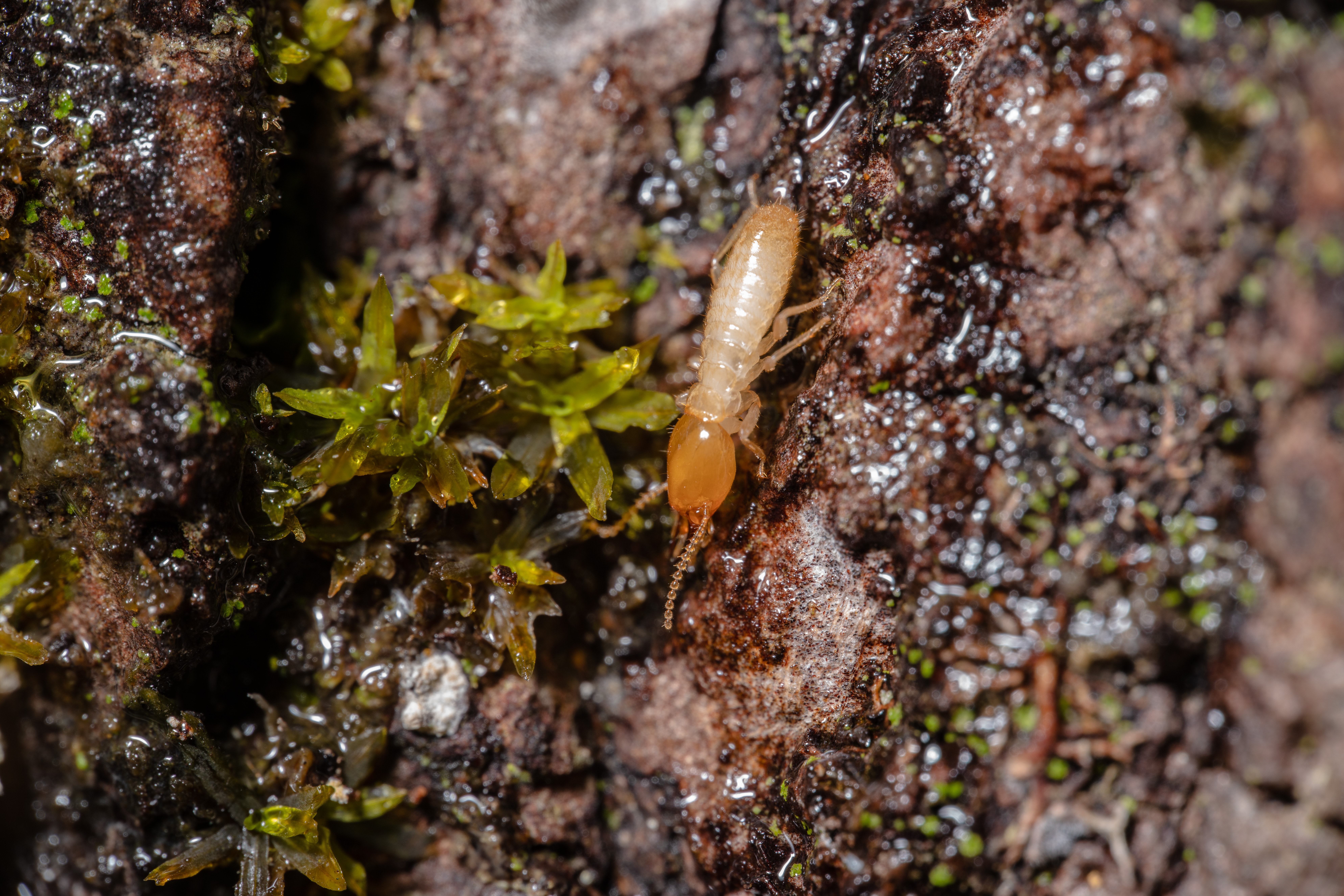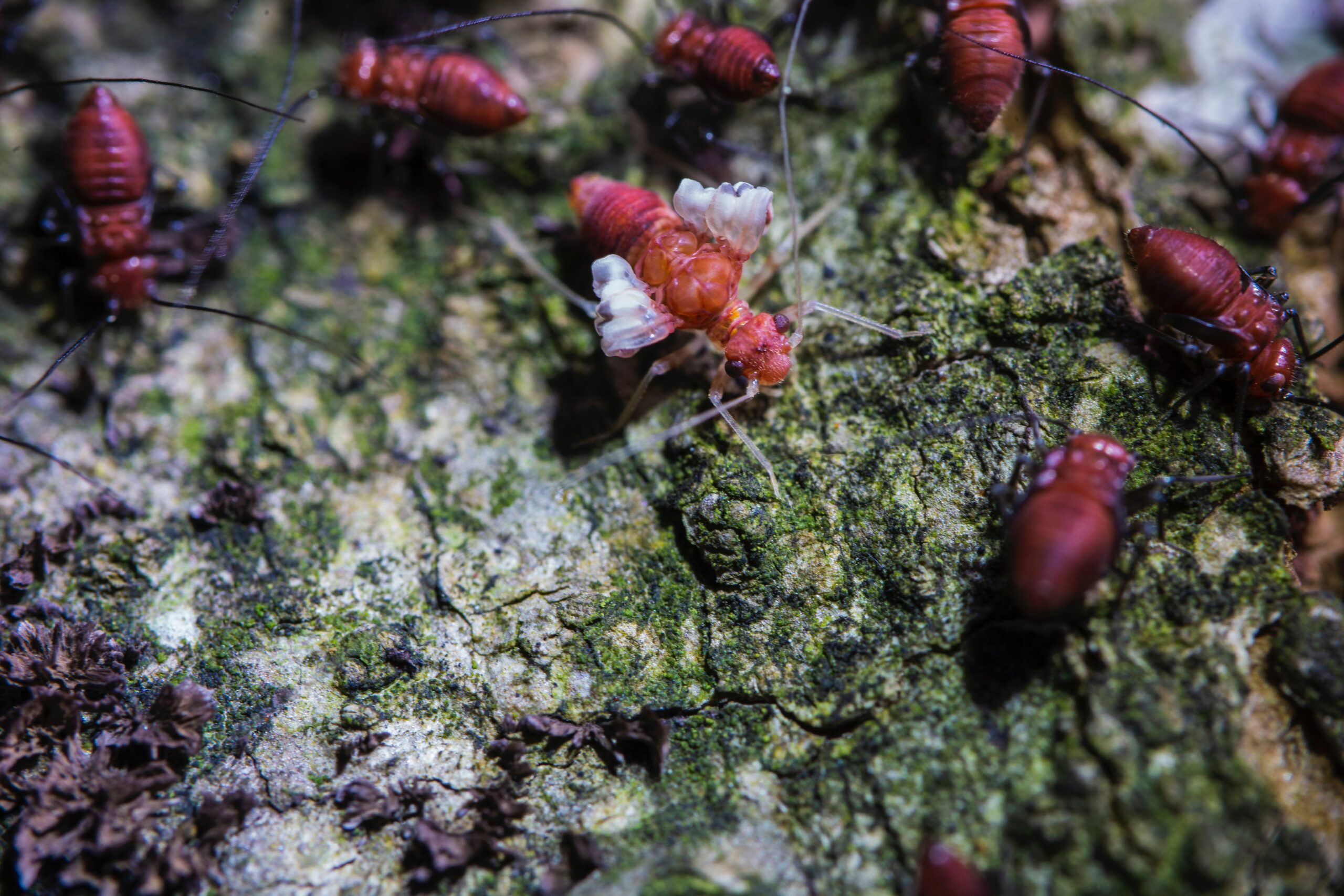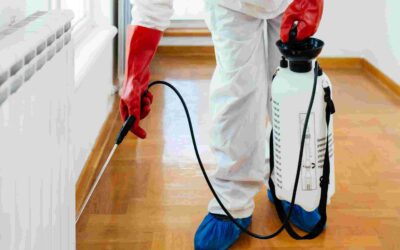
5 Differences Between Termite Damage and Wood Rot
Wood plays a very important role in most of our homes, which means that damage to wood can be a major concern to homeowners.
Typically, wood damage can either come from termites or wood rot. Both of these are bad news for homeowners, since they can compromise the structural integrity of wooden structures. However, understanding the differences between these two issues is important to effectively diagnose and treat the problem.
1. What’s causing the problem?
Termite damage is the result of termites feeding on cellulose-based materials, which include wood, plant fibers, and paper. They can silently and rapidly consume wooden structures, leaving behind destruction and other telltale signs of their presence.
Wood rot, on the other hand, is caused by moisture– or more accurately, by fungi. These fungi are microscopic organisms that thrive in damp, humid conditions. They break down wood fibers through a process of decay.
2. Visual differences
Termite damage results in the creation of small, tunnel-like passages within the wooden structure of a home. These tunnels are often lined with mud and debris, which termites use for protection.
Wood that termites have damaged may appear honeycombed or hollowed out, with a distinctive and layered pattern of damage.
Wood that’s been affected by wood rot appears darker– often brown or black. It may feel spongy or crumbly to the touch, because its structural integrity has been compromised as it loses its strength and, eventually, its ability to bear weight. Wood rot is characterized by a fibrous, stringy appearance.
3. Environmental factors
Termites love highly humid areas, which allow them to forage and feed effectively. Their activity is more pronounced during warm and wet seasons. They require access to water to live, and they often find this in moist soil, leaky plumbing, or condensation.
Wood rot is a direct result of prolonged exposure to moisture. If wood remains consistently damp, it becomes an ideal breeding ground for fungi. A lack of ventilation, water leaks, or structural issues that allow moisture to accumulate can all contribute to wood rot.

4. Inspection and detection
Termites are good at remaining hidden within wood, which can make their presence hard to detect without a professional inspection. It can help to look for mud tubes on the foundation or wood surfaces, discarded wings, or the presence of live termites.
Wood rot is more easily visible, and can be detected by examining the surface of the wood. Poke the wood with a screwdriver or similar implement to check for soft, spongy spots. You might also spot visible fungus growth, which could appear as white or yellow splotches.
5. Prevention and treatment
In order to prevent termite damage, you can maintain a dry environment, address water leaks, and eliminate direct contact between wood and soil.
Professional termite treatments, including bait systems and soil treatments, are necessary for effective eradication of these destructive pests.
Preventing wood rot means minimizing moisture exposure, ensuring proper drainage, ventilation, and sealing gaps within your home. If you do detect wood rot, the affected wood can’t be saved– it must be removed and replaced. A professional can also apply fungicide, which can be used to prevent any further fungal growth.
Know the difference
While neither problem is ideal, treatment for each is quite different– which means that finding an effective method of treatment means fully understanding the problem and identifying the symptoms. Staying informed can help you spot issues early and enable you to protect your home against the damaging effects of both termites and wood rot.
More posts from West Termite, Pest & Lawn
Top 5 Spring Pests in Arkansas and How to Keep Them Out
Looking to protect your home this spring? Pest season in Arkansas starts as early as March, and if you’re not prepared, you could find yourself sharing your space with ants, termites, mosquitoes, spiders, or wasps. In this guide, we will cover the top five spring...
Spring Into Action: Preventing Termite Infestations in Arkansas Homes
Termite infestations are a serious concern for homeowners in Arkansas, especially during the spring when these pests become most active. Preventing termite infestations early can save you from expensive structural damage and long-term headaches. Termites thrive in the...
Early Spring Lawn Care Tips: How to Keep Your Arkansas Yard Healthy
A healthy lawn starts in early spring. If you want lush, green grass by summer, the groundwork begins as the weather warms and the soil softens. The right early spring lawn care routine is essential for homes in Arkansas, where fluctuating temperatures and humidity...



